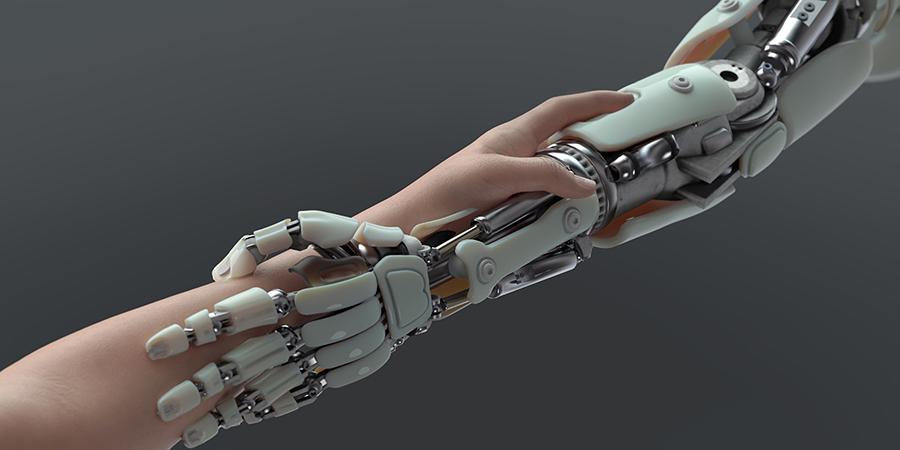Researchers from the University of Pennsylvania School of Engineering and Applied Science (Penn Engineering) have introduced PanoRadar, an advanced perception system that equips robots with the ability to see through harsh conditions such as smoke-filled buildings and foggy roads.
Unlike traditional vision systems that rely on light, PanoRadar uses radio waves to create detailed 3D images—a breakthrough that allows robots to operate in environments where light-based sensors, like cameras and LiDAR, often fail.
PanoRadar’s innovative design combines a rotating array of antennas that scan the surroundings with AI-driven algorithms, providing high-resolution imaging similar to LiDAR. The antennas emit radio waves that reflect off objects, which PanoRadar’s AI processes to construct a 3D map of the environment.
This technology can capture details obscured by fog or smoke and even detect objects like glass surfaces that typically challenge LiDAR systems. As the robot moves, PanoRadar maintains sub-millimeter accuracy by integrating data from multiple perspectives, allowing it to keep track of its environment with precision.
The development team also plans to integrate PanoRadar with other sensing technologies like cameras to enhance the robustness of robotic perception systems.







